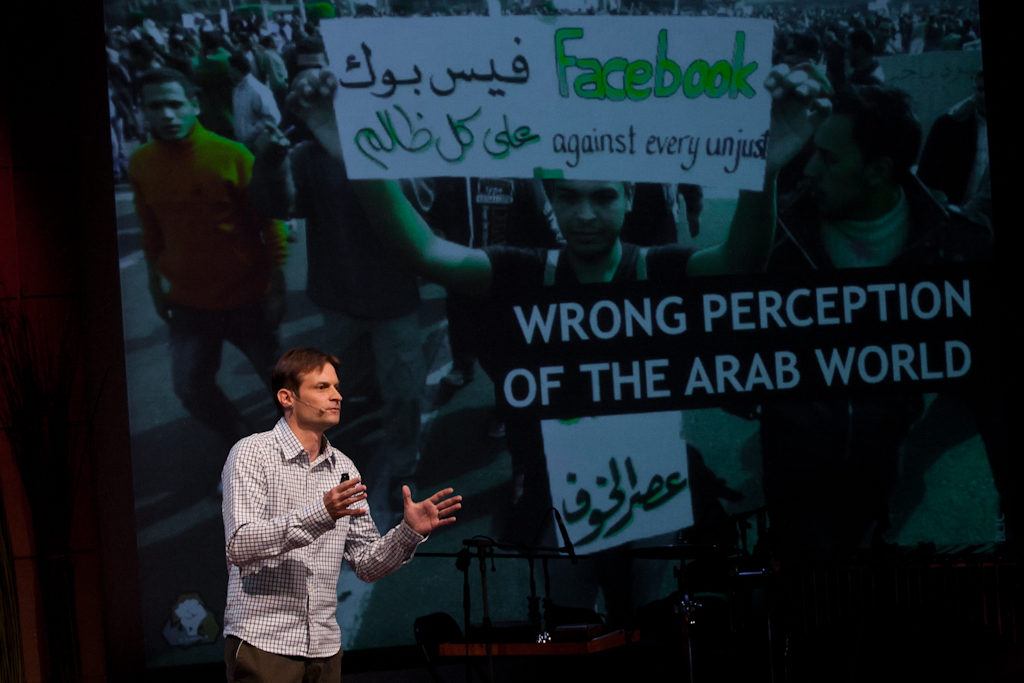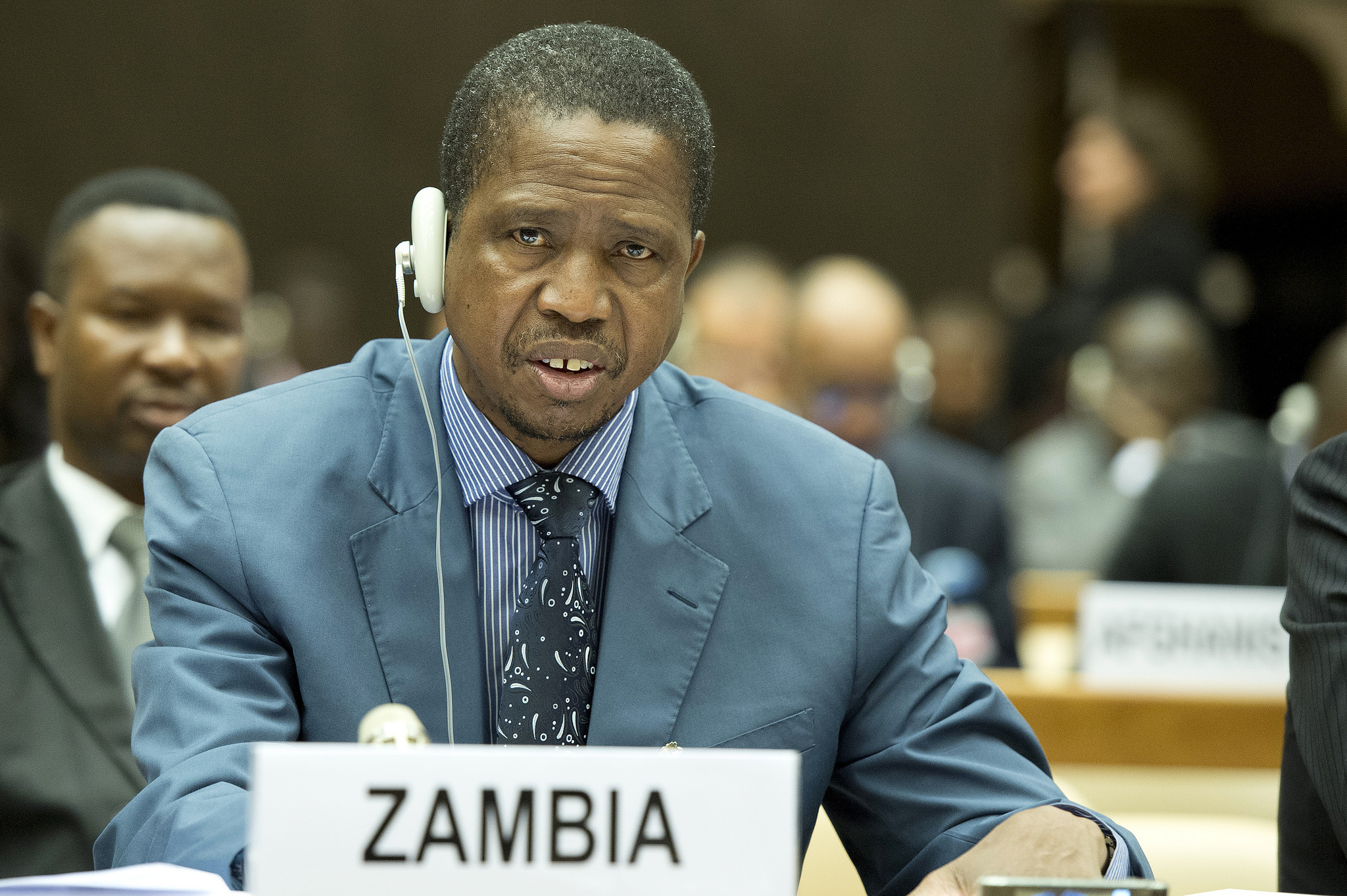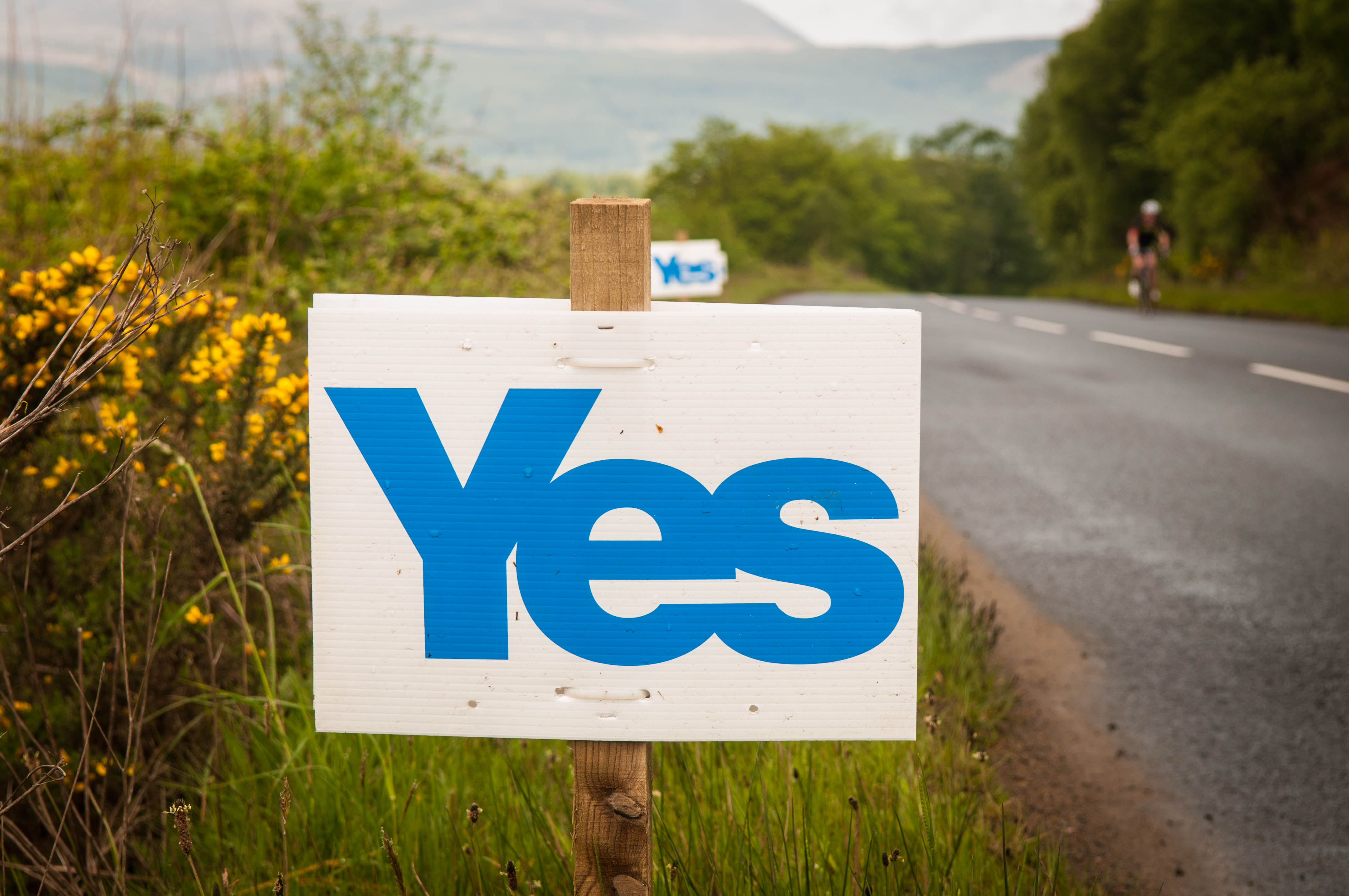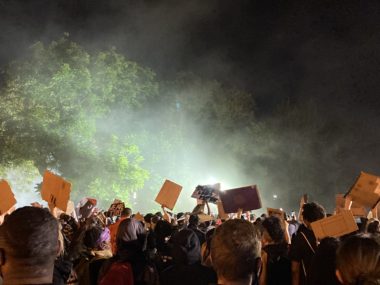By Cullen Hendrix for Denver Dialogues
I spent a good thirty minutes the other day lurking on a Facebook thread involving a bunch of really smart IR/security people discussing whether we, as a scholarly community, should be circumspect in moving from our findings to policy proscriptions. The discussion was fascinating, not only for who was involved but also for its general tenor. Many academics, even “policy-relevant” ones (or engaged scholars, as we prefer around these parts), are willing to defend their findings to the point of exhaustion in a seminar but grow much more cautious when translating these findings into policy prescriptions.
The topic was whether nonviolence was more or less effective than violence as a form of resistance. More specifically, it was whether radical, violent flanks (or even “punch a Nazi” vigilantism) are an effective means of combatting creeping authoritarianism and white supremacy in the United States. Opinions varied. My colleague, Erica Chenoweth, is a vocal proponent of sticking to nonviolence in these circumstances. I presume this belief stems from her excellent work with Maria Stephan on the subject, which demonstrates nonviolent resistance is much more effective than violent resistance. To her, the choice is clear: “Violence Will Only Hurt the Trump Resistance.” Much of the subsequent discussion revolved around whether there were extreme circumstances under which violence could be part of the answer and whether we are in fact living those circumstances now.
But do movements “choose” nonviolence? This question matters a great deal for whether we can interpret findings like “nonviolence is more effective than violence” as proscriptive in a policy sense.
The implicit assumption is that, if we’ve done our homework correctly, we can interpret this finding in ceteris paribus terms: if movements choose to use nonviolent tactics, they will be more successful in achieving their goals, all else equal. And since actors have preferences over outcomes, not strategies, at least in the rationalist framework, they will choose the one that maximizes the likelihood of success.
Sometimes, however, I’m not convinced there’s a choice to be made.
First, some actors clearly have preferences over strategies: they believe in their hearts that violence or nonviolence is the only answer. Take Mao and Gandhi, two of the most influential practitioners of resistance in the 20th century. As early as 1922 – years before the Chinese Civil War – Mao was firmly convinced that communist revolution could only be achieved through violence:
“If we use peaceful means to attain the goal of communism, when will we finally achieve it? Let us assume that a century will be required, a century marked by the unceasing groans of the proletariat. What position shall we adopt in the face of this situation? The proletariat is many times more numerous than the bourgeoisie; if we assume that the proletariat constitutes two-thirds of humanity, then one billion of the earth’s one billion five hundred million inhabitants are proletarians (I fear that the figure is even higher), who during this century will be cruelly exploited by the remaining third of capitalists. How can we bear this?”[1]
Mao would become more concise with age, writing in 1936, “Every Communist must grasp the truth; ‘Political power grows out of the barrel of a gun.’”
Similarly, Mahatma Gandhi certainly seemed to have preferences over strategies. Moreover, these preferences seemingly had little to do with perceptions of efficacy: “Non-violence is not a garment to be put on and off at will. Its seat is in the heart, and it must be an inseparable part of our being.” Gandhi doesn’t exactly read like someone who is a slight change in the strategic environment away from reaching for a Kalashnikov.
Second, actors may have also strategic-specific skills (or deficiencies thereof) that make choosing violence or nonviolence untenable. It’s hard to imagine Srđa Popović, one of the architects of the Otpor! movement in Serbia, planting a roadside bomb or storming a police station. The only axe he seemed familiar with was a four-string bass: Popović briefly played in a goth rock band before dedicating himself to politics.[2] Similarly, the couple hundred fighters who formed Abu Sayyaf – a jihadist group based in the southern Philippines – had, at the founding of their organization, been working as assassins, bomb makers, kidnappers, and assorted mayhem makers in the Moro National Liberation Front (MNLF) for years if not decades. When the MNLF moderated and began negotiating with the Philippine government in the early 1990s, Abu Sayyaf was having none of it. These were and are specialists in violence with limited capacity to pursue other strategies. If your only tool is a hammer, your only tool is a hammer.

Where do I land on this debate? Well, I think nonviolence is demonstrably more effective at achieving maximal claims like a change in government or regional and/or territorial autonomy. That much doesn’t seem up for debate. I’m somewhat more torn on its effectiveness in curbing the rise of white nationalism, which isn’t the same thing as resisting the Trump administration. But I’m most torn on whether many leaders can be convinced of this to the extent that it will the change their beliefs and behavior, though there are examples. Some people only know the way of gun.
[1] This passage was written in direct response to a talk by Bertrand Russell during a speaking tour of China in 1920. If we assume Russell’s speech was decisive in convincing Mao of the necessity of armed struggle, this renders Russell the most policy-relevant academic in China since Confucius – essentially by accident. Shit happens.
[2] Guitars are known fascist-killers, now that I think about it. So maybe he was in the ballpark.







4 comments
Interesting post. I wonder how you interpret events in Syria, where a rather robust protest movement turned into a rather bloody civil war? Were those involved in protests a fully distinct group from those involved in the civil war, or did some individuals/groups decide to shift strategies/tactics based on evolution in the perceived likelihood of success?
More generally, arguments about “cycles of contention” and escalation suggest that protests or demonstrations may just be a prelude to violence, implying that some individuals/groups do shift between tactics?
Then again, I think the NAVCO dataset does demonstrate rather stable tactical choice, with few campaigns shifting between nonviolence and civil war.
I think this is a very important argument to consider, especially in light of the growing paradigm suggesting that emotion (the “elephant” in Jonathan Haidt’s terms) is far more powerful than rational calculation (the “rider”) in deciding where we go.
This doesn’t take away from Chenoweth and Stephan’s outstanding work, and that work may help to sway some sway-able people in the direction of nonviolence. In fact, it points to the importance of this broader conversation. The point of “decision” about whether to be violent or non-violent does not come in the face of the immediate conflict – it comes years, even decades, before when our core beliefs about the world are formed.
A master’s student of mine recently wrote her thesis on whether armed guerrilla groups are any good at governing when pulled into power-sharing agreements as part of a peace deal. The results were mixed at best, but her work pointed to a yawning gap in our study of conflict along these lines. The rational choice paradigm does indeed suggest that we can change strategies or tactics the way we change socks, but a broader understanding of human behavior suggests that this isn’t true at all. I hope we can see more work exploring this question.
Intriguing piece, well written. I am, however, unable to bring myself to see violence as anything but a choice. If there are exceptions, these might include child soldiers, coerced into violence by their captors, and perhaps the severely mentally ill. A mentally competent adult who is ideologically committed to nonviolence or violence is still making a choice, implying s/he is capable also of making a different choice, even if this might be difficult.